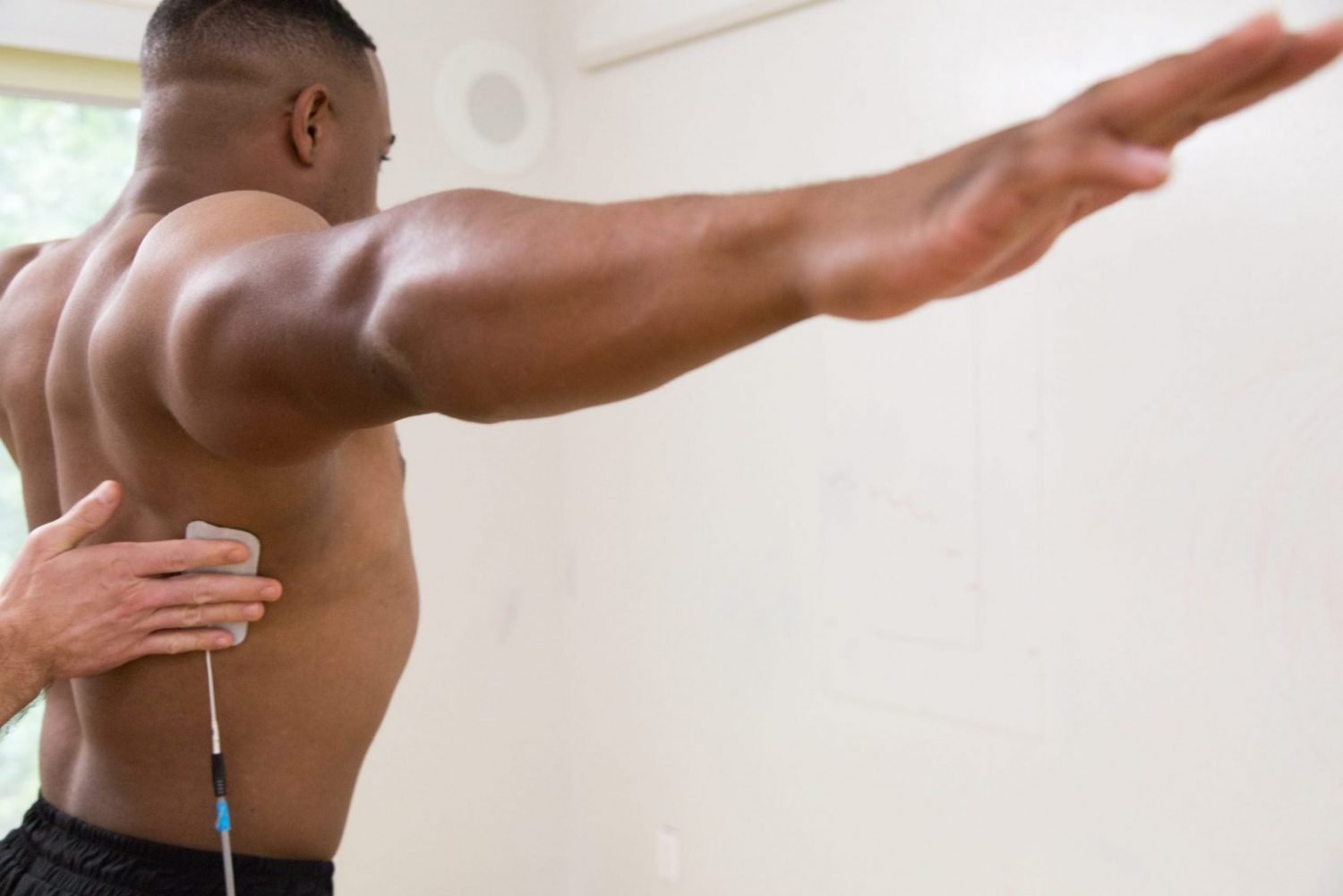Just as the computers and smart phones we rely on each day to communicate are comprised of software and hardware components, so too are our bodies. And when we are considering the best strategy for recovery from an injury, it’s important to distinguish between the functional (software) and structural (hardware) aspects of an injury.
When the pain is largely based on the brain protecting our injury, direct electrical current can re-educate the body, shifting the brain’s ‘software commands’ from survival and protection to healing and movement. When we make this shift, the results are often immediate.
Now when we experience injuries to bones, joints, ligaments and tissues, our body’s hardware components, recovery times are typically longer and can largely be fixed varying based on the injury’s severity. A torn rotator cuff, for example, can take several months to recover depending on the size of the tear.
By using a neurological approach on a hardware injury, we can increase both the speed and effectiveness of recovery. This is because we can target the functional (software) limitations surrounding the structural (hardware) aspect of the injury. Activating the right muscles helps support injured tissues as they heal.
When we use electrical stimulation and muscle-activating exercises to reprogram the brain, we are effectively changing our neurological software. This enables a body to direct resources and energy toward restoring its damaged hardware.
Over the course of treating thousands of injuries, our experience at NeuFit is that working neurologically can upend traditional assumptions about recovery times—even with structural injuries. Currently, we have several injury treatment studies in the data collection phase, and we will share the results as they become available.
Rest Assured?
Our muscles, bones, and connective tissues need mechanical stimulus to regenerate but traditional approaches to injury rehab, be it software or hardware, have emphasized the importance of rest in the rebuilding process.
We know that the body is always adapting to get better at exactly what it’s doing. When someone spends most of their time resting and being sedentary, the brain looks for ways to downregulate the systems of the body, including the delivery of nutrients to injured areas. Unfortunately, this downregulation can have a negative impact on recovery, both in the short-term and the long-term. And just one day of unloading can begin to cause muscle atrophy.
In addition to slowing the rate of healing, inactivity can also diminish the overall healing outcome.
Take the example of the body repairing a muscle tear. Though the body will still find a way to heal if we don’t move or load an injured muscle, the quality of the healed tissue will be less than optimal. As it tries to repair the damaged area, the body will lay down scar tissue in a random patchwork. Over time, this scar tissue can limit range of motion and cause muscles to weaken.
By contrast, providing some level of load or mechanical force to injured muscle tissue and connective tissue (at a safe level, of course) helps regenerative cells orient themselves along the lines of force. Strategically incorporating direct electrical stimulation to the injury rehab regiment can safely increase the resistance and repetitions of a rehabilitative exercise. In the process, instead of creating a random patchwork of scar tissue that ultimately limits movement, the body builds up high-quality tissue that enhances strength and range of motion in the injury area. Along the way, it also minimizes the likelihood of re-injury.
Instead of allowing the muscles to lie dormant after injury, the neurological approach to injury rehab uses movement and stimulation—not rest—to facilitate recovery. In other words, safely and strategically stimulating the muscles doesn’t just accelerate the healing process; it also steers it in the best possible direction.
Let’s charge forward to better outcomes together!

